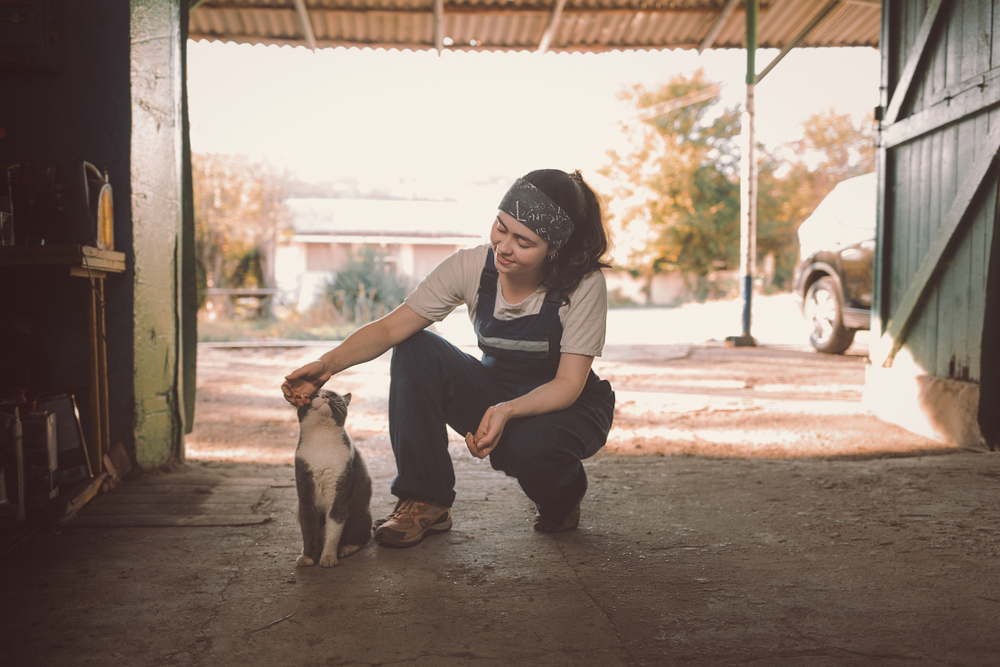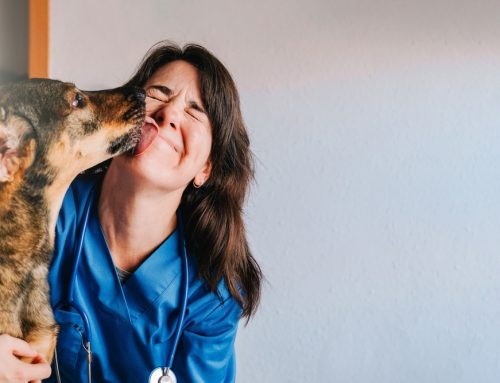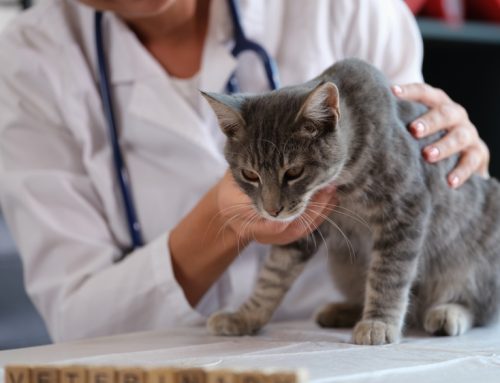Pets have a nose for trouble, and when they sniff out household hazards, they can land in some serious hot water. Many toxins lurk in your home, especially electrical cords, burning candles, and potential gastrointestinal (GI) obstructions. Read our Countryside Veterinary Hospital team’s tips to keep your furry pal safe by going room to room, pet-proofing your home.
Pet-proof your living room
The living room is where the family spends most of their time, pets included, presenting them with plenty of opportunities for mischief. For example children may forget to put away small toys that present choking hazards. To decrease your pet’s possible choking or ingestion risk, ensure you consistently remind small children to pick up their toys when they are done with them.
In addition, shoes, jackets, TV remotes, and houseplants intrigue pets who think these items are chew toys. If your pet chews or ingests clothing that has laces, strings, buttons, or zippers, they can choke or experience a GI obstruction. To prevent your pet from chewing or ingesting them, put away these potentially hazardous items when you are not using them. Because TV remote batteries are highly toxic if your pet ingests them, always keep the device out of your pet’s reach by placing it inside an end table compartment. To prevent a poisoning emergency if your furry pal nibbles or ingests decorative greenery, before bringing houseplants into your home, check the American Society for the Prevention of Cruelty to Animals (ASPCA) Toxic and Non-Toxic Plants list.
Pet-proof your kitchen and dining room
The kitchen and dining room are some of the most hazardous rooms in your house for your pet. However, these rooms tempt your pet the most. Savory aromas draw your pet in, but many foods that are safe for people to eat are toxic to cats and dogs. If your furry pal has swift reflexes, quickly snatching dropped food or a snack left on a countertop, block their kitchen and dining room access until all foods have been cleared away. Stash food securely in lidded containers, placing them in a cabinet, refrigerator, or pantry. Avoid leaving food on your countertops or tables, even your refrigerator’s top, as your agile feline friend may easily leap to them. To prevent your pet from searching for forbidden snacks in the garbage, ensure you have a locking trash can, or store the receptacle behind a closed door.
Pet-proof your bedroom
The bedroom usually offers pets the fewest hazards. However, the room does contain its fair share of pet dangers such as TV remotes, burning candles, clothing piled on the floor, and medications left on bedside tables. If you burn candles in your home, keep them well out of your pet’s reach when lit, or switch to battery-powered ones. To avoid tempting your pet from chewing buttons, string, and zippers, toss laundry in a hamper. Place the TV remote in a drawer or on a high shelf out of your pet’s reach. If you take medications, rather than keeping them atop your bedside table, store the prescription bottle in a medicine cabinet in your bathroom or another location your pet cannot access.
Pet-proof your bathroom
Because of the many toxins in your bathroom, the space is a hazard minefield to your pet. If you keep toilet bowl cleaner, soap scum remover, and other cleaning agents under the bathroom sink, put a child lock on the cabinet. Ensure your medicine cabinet also locks securely, and keep your pet out of the bathroom when you take prescription medications or supplements to prevent them from ingesting dropped pills. Hair products, hair ties, makeup, toothpaste, and many other toiletries can pose a threat for your pet, so keep them in cabinets or drawers, not on the sink. Lock the toilet seat if your four-legged friend enjoys drinking out of the toilet, especially if you have chemicals in the tank or bowl. When you are unable to supervise your pet in the bathroom, keep the door closed to prevent them from accessing this area’s many potential dangers.
Pet-proof your garage

The best strategy for pet-proofing your garage is simply keeping your furry pal out. However, if you allow your pet in the garage, keep them away from the many dangerous items. Sharp implements, nails, power tools, and a plethora of chemicals generally line garage shelves, all of which can injure your pet. Ensure hazards are placed well out of reach on tall shelves, and inside locked toolboxes or cabinets. Tighten lids securely on chemicals, such as antifreeze and windshield wiper fluid, before putting them away, and immediately clean up any fluid spills. If your pet is frequently in your garage, do not use rodenticides and pesticides, as these products can be deadly. Block your pet’s access to hazards as much as possible, and keep a close eye on them while they wander around your garage. Better yet, leave them inside the house with a tasty chew or treat.
Pets have a nose for trouble, and when they sniff out household hazards, they can land in some serious hot water. Follow our tips to keep your furry pal safe by going room to room, pet-proofing your home. We understand that despite your best efforts, your furry pal may follow their nose to trouble. Contact our Countryside Veterinary Hospital team for help if your pet encounters a hazardous item.








Leave A Comment